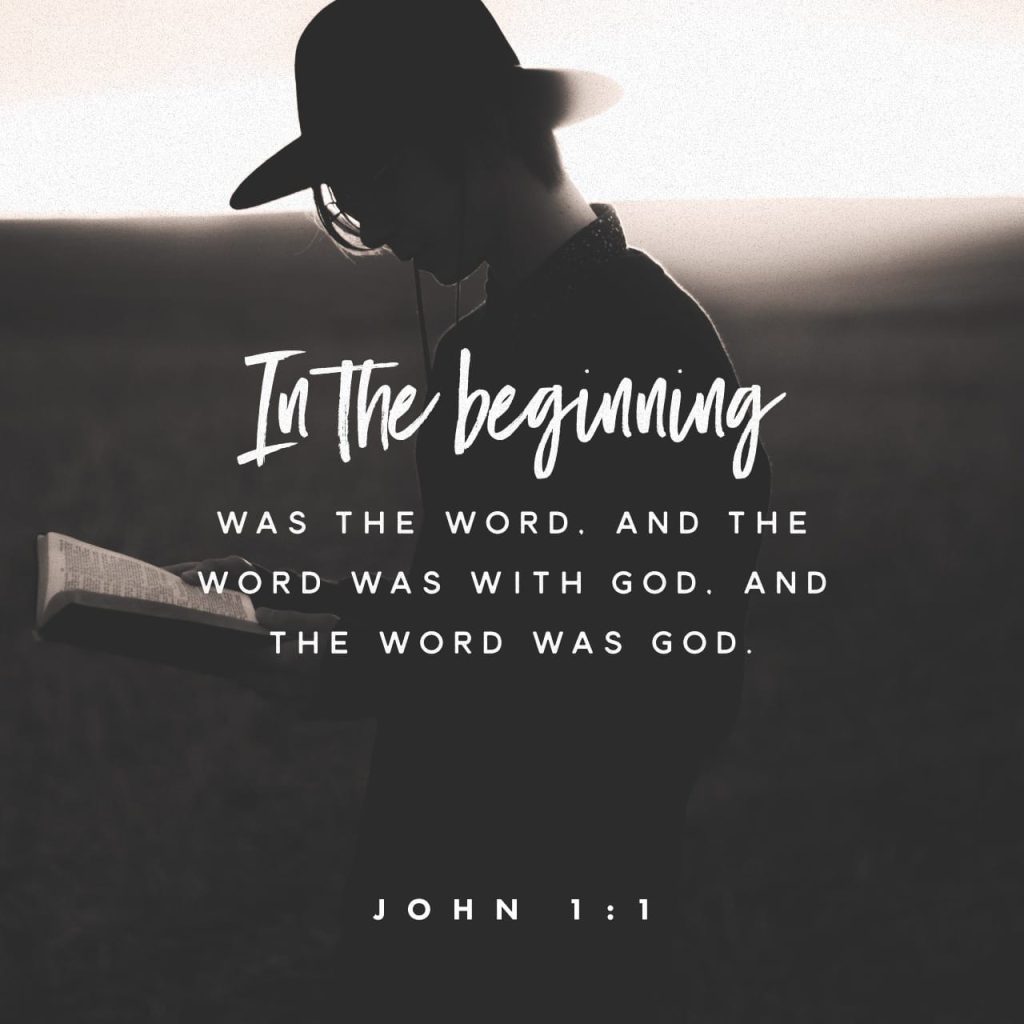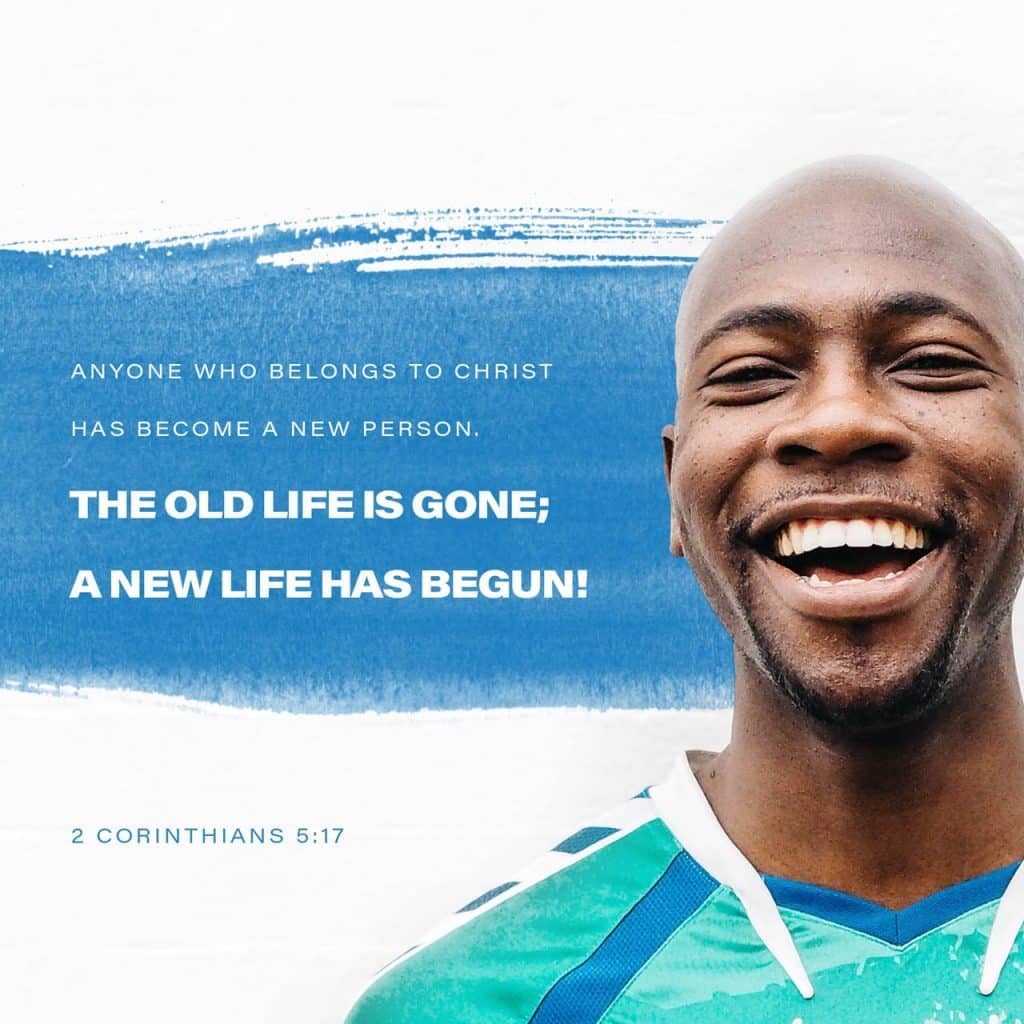The Second Resurrection
Estimated reading time: 7 minutes
Unveiling the Mysteries of Eternity
The concept of the second resurrection, introduced in yesterday’s teaching, ignites a profound question: what destiny awaits those who haven’t embraced Christ’s salvation after the millennial reign? This expanded message delves deeper into the biblical understanding of the second resurrection, its implications, and the significance of faith in Christ for eternal life.
Foundations of Faith: Unveiling the Two Resurrections
John 5:28-29 lays the groundwork for comprehending the two resurrections. Jesus proclaims that “all that are in the graves shall hear his voice” (v. 28). However, the outcome of this awakening is divided: “they that have done good, unto the resurrection of life; and they that have done evil, unto the resurrection of damnation” (v. 29). This distinction emphasizes the centrality of faith in Christ for attaining eternal life. Those who have accepted Christ’s sacrifice and lived righteously are raised to a life of eternal joy and communion with God, while those who rejected His grace face a different fate.
The Millennial Reign: A Glimpse of God’s Kingdom
Drawing upon Revelation 19:17-21 and 20:4-6, the message describes the events following Christ’s millennial victory over the forces of evil. The antichrist and his followers are vanquished, their physical bodies consumed (Revelation 19:17-21). Meanwhile, those who died faithful to Christ are resurrected to participate in a glorious reign alongside Him for a thousand years – the millennial reign (Revelation 20:4-6). This reign signifies a period of peace, justice, and divine rule on earth.
Beyond the Millennium: The Unveiling of the Second Resurrection
The message clarifies that the second resurrection occurs after the millennial reign concludes (Revelation 20:5). This resurrection encompasses those who died with the mark of the beast or remained unrepentant throughout their earthly lives. They are not raised for a second chance, but to face the ultimate consequence of rejecting God’s grace – the second death.
Exploring the Symbolism: The Lake of Fire and Eternal Separation
The concept of the second death, found in Revelation 20:14-15, signifies eternal separation from God and an existence of suffering. The “lake of fire” is a symbolic representation of this eternal condemnation, shared by Satan, his demons, and those who rejected Christ’s salvation. It’s not meant to be a literal interpretation of fire and brimstone, but a powerful image conveying the profound consequence of rejecting God’s love and mercy.
A Glimpse into Eternity: Conditional Immortality and the Annihilation of the Wicked
Some theological perspectives delve deeper into the nature of the second death, proposing the concept of conditional immortality. This view suggests that those who haven’t received Christ’s salvation will not suffer eternally, but will ultimately cease to exist. The “lake of fire” then becomes a symbol of annihilation, representing the complete destruction of the wicked.
The Importance of Hermeneutics: Interpreting Symbolic Language
It’s important to acknowledge the complexities of biblical interpretation, particularly regarding symbolic language. Different theological perspectives offer varying interpretations of the second resurrection and related events. Some interpretations emphasize a more literal understanding of the biblical passages, while others delve deeper into the symbolic elements.
This message focuses on the core concept of the second resurrection as a consequence of rejecting God’s grace, but acknowledges the existence of alternative interpretations.
A Call to Action: Embracing Faith to Escape the Second Death
The message emphasizes the gravity of the second death and urges the listener to take action to avoid such a fate. The key point remains: “do everything you can to avoid the second death.” This action involves surrendering to Jesus Christ, accepting His sacrifice on the cross, and living a life guided by His teachings.
The Path to Salvation: Repentance, Faith, and Transformation
The message unpacks the practical steps towards avoiding the second death and attaining eternal life. The first step involves repentance – acknowledging one’s sinful state and turning away from a life of rebellion against God. Next comes faith in Jesus Christ – believing in His death and resurrection as the atoning sacrifice for our sins. Finally, a transformed life, guided by the principles of Christ’s teachings, becomes the outward expression of this inward faith.
Living a Holy Life: The Fruit of Faith
A life guided by Christ’s teachings should naturally produce good works, not as a means of earning salvation, but as a fruit of genuine faith. Living a holy life involves demonstrating love for God and others, pursuing righteousness, and avoiding sin.
The Power of Choice: Embracing the Gift of Salvation
The message underscores the power of human choice in determining our eternal destiny. God desires a relationship with all His creation, offering the free gift of salvation through Jesus Christ. However, He doesn’t force His will upon us. We have the freedom to accept this gift or reject it.
The Parable of the Great Feast: A Celebration of Choice
The parable of the Great Feast in Luke 14:15-24 beautifully illustrates this concept. A man throws a grand feast and invites many guests. When some decline, he sends his servants out to invite anyone they can find, “both bad and good” (v. 21). This parable highlights God’s universal invitation to salvation, regardless of a person’s past.
However, the parable also emphasizes the importance of accepting the invitation. Those who make excuses for not attending miss out on the blessings of the feast. Similarly, rejecting God’s offer of salvation through Christ leads to eternal separation from Him.
Free Will and Divine Sovereignty: A Theological Balancing Act
The concept of human choice and God’s sovereignty can seem like a paradox. The Bible affirms both realities. We have the freedom to choose, yet God ultimately guides history towards His purposes (Ephesians 1:11).
This message acknowledges the complexity of this theological concept, focusing on the practical implications for our lives. We are called to respond to God’s invitation and embrace the gift of salvation offered through Jesus Christ.
The Urgency of Faith: Embracing Salvation Today
The message emphasizes the urgency of making a decision regarding our eternal destiny. The Bible warns against procrastination (Hebrews 4:7). Tomorrow is not guaranteed, and delaying our response to God’s invitation can have eternal consequences.
An Invitation to Surrender: Accepting Christ as Lord and Savior
The message concludes with an invitation to surrender to Jesus Christ. This surrender involves acknowledging our need for salvation, repenting of our sins, and believing in Christ’s atoning sacrifice on the cross.
By accepting Jesus as Lord and Savior, we receive the gift of eternal life and escape the consequence of the second death. Living a life guided by His teachings becomes the outward expression of our inward faith.
The Hymn: A Song of Commitment
The included hymn, “Praise My Soul the King of Heaven,” takes on a deeper meaning in light of the message. Singing its lyrics becomes a declaration of our commitment to worship God and live a life that reflects our faith in Him.
In Conclusion
The concept of the second resurrection serves as a powerful reminder of the importance of making a conscious decision to follow Christ. By understanding the consequences of rejecting God’s grace and the power of human choice, we are called to embrace the gift of salvation offered through Jesus Christ. Through faith, repentance, and a life transformed by His teachings, we can secure our place in the eternal kingdom of God and avoid the second death.



Responses